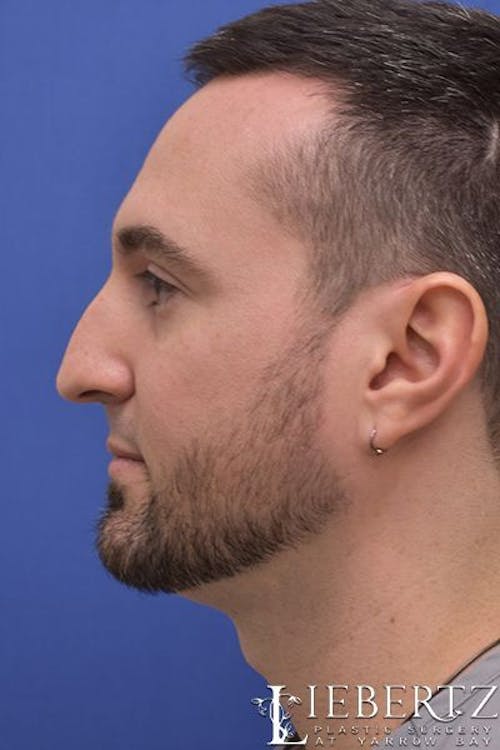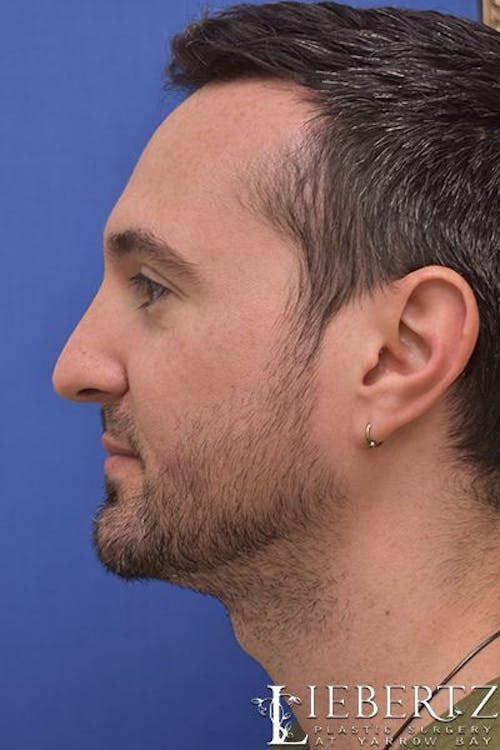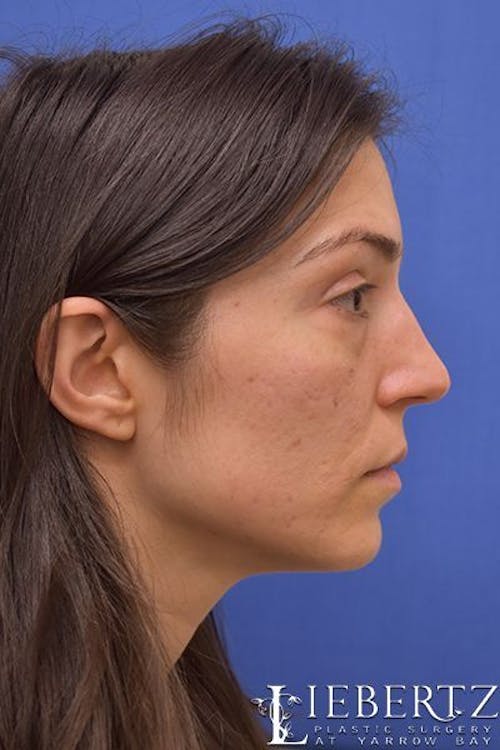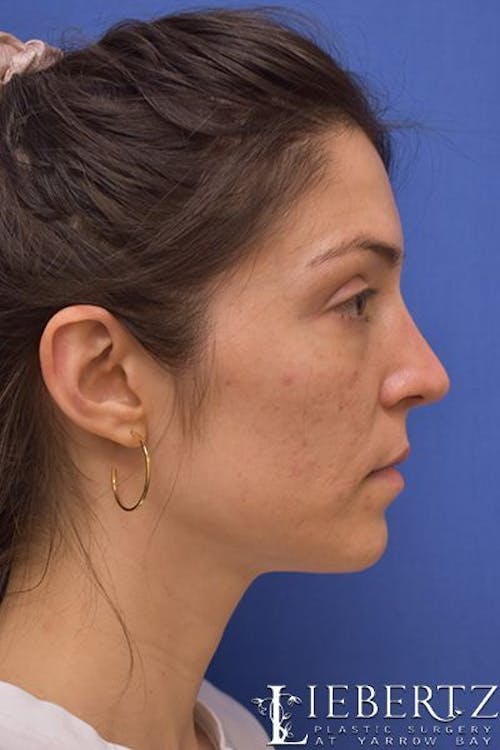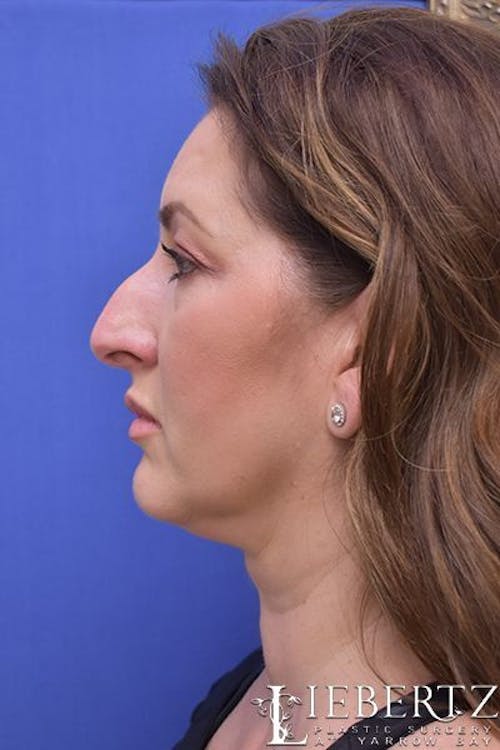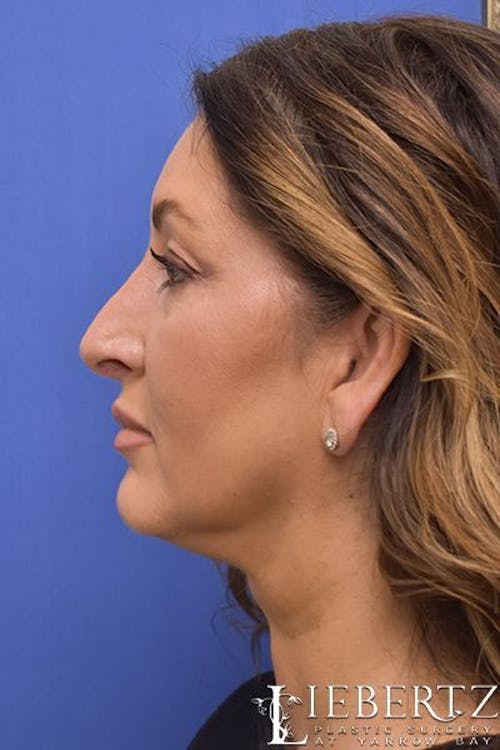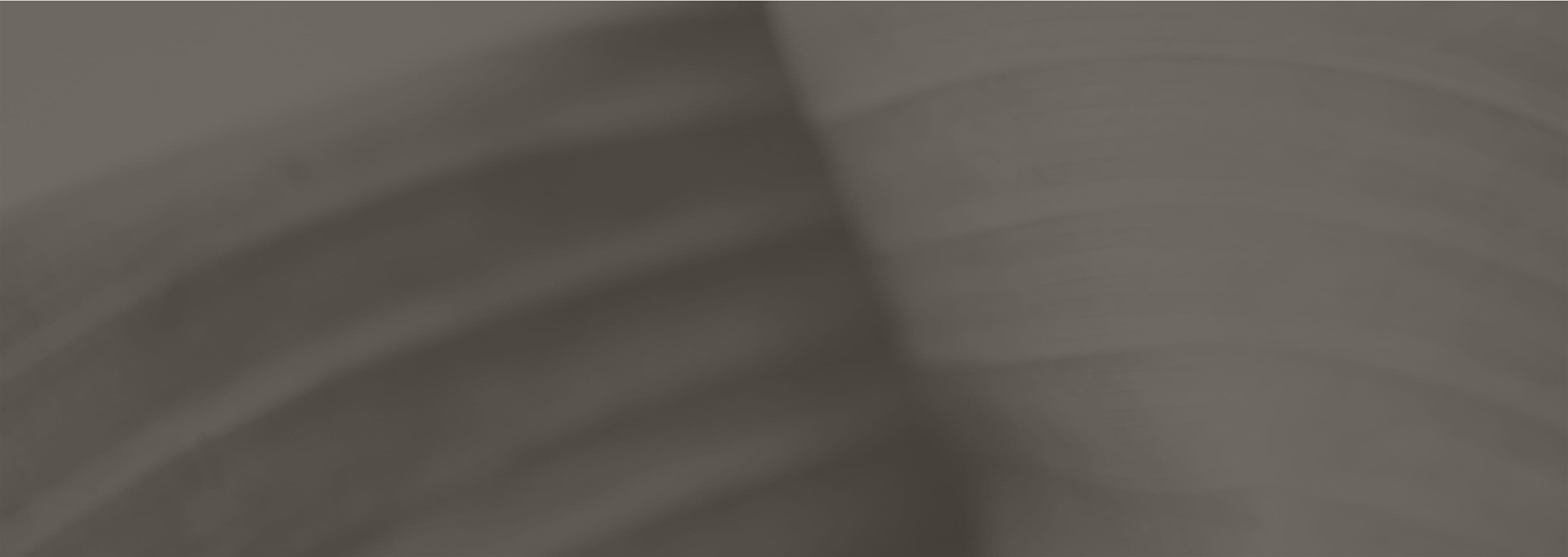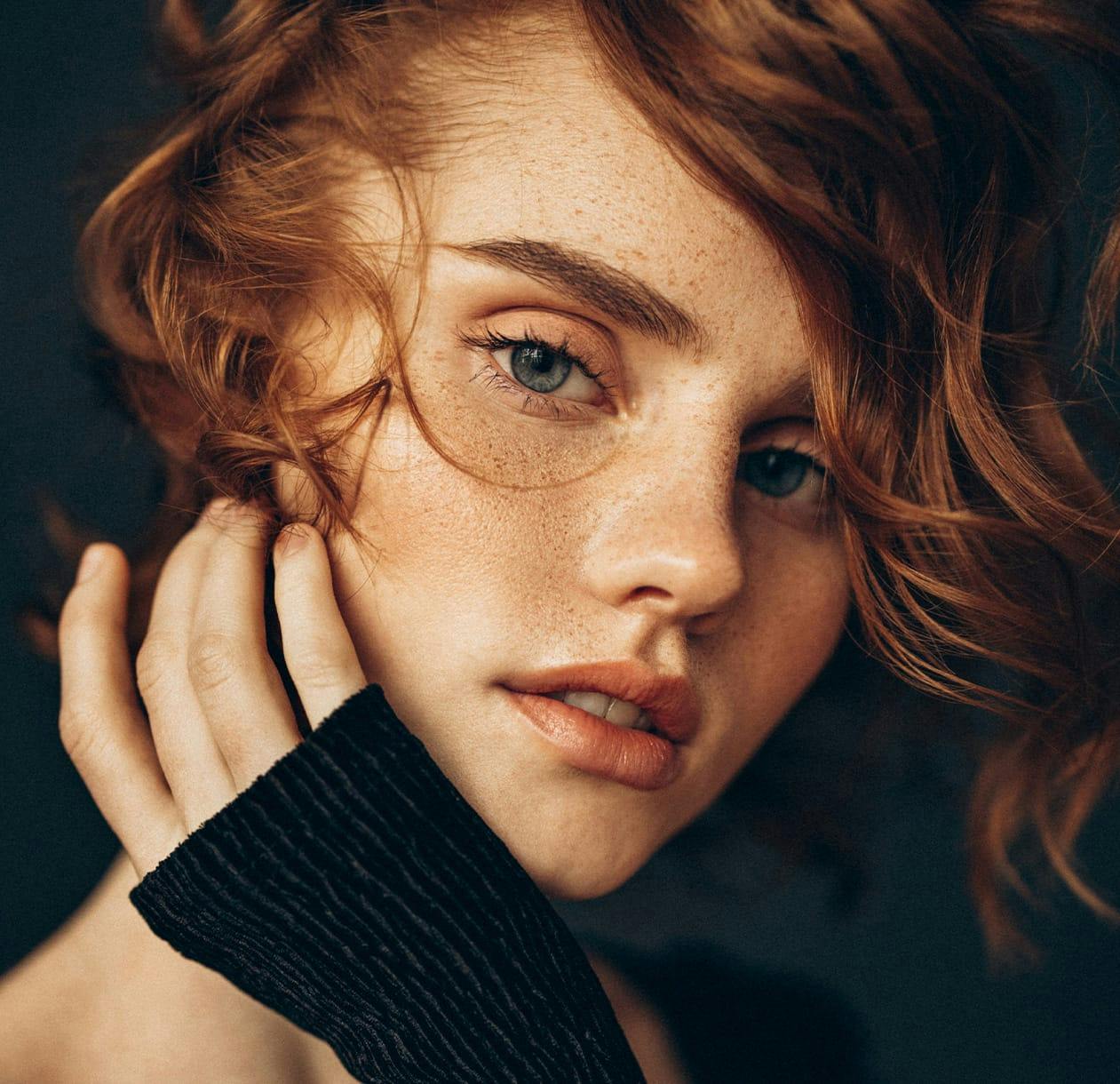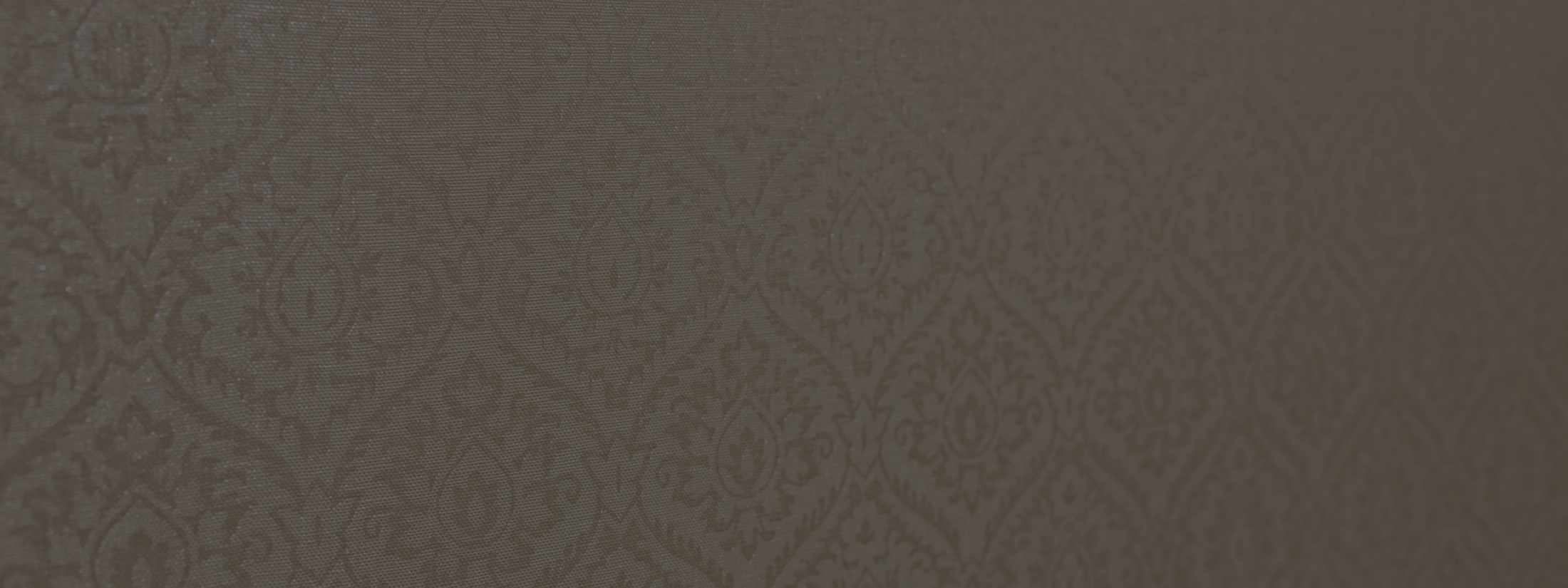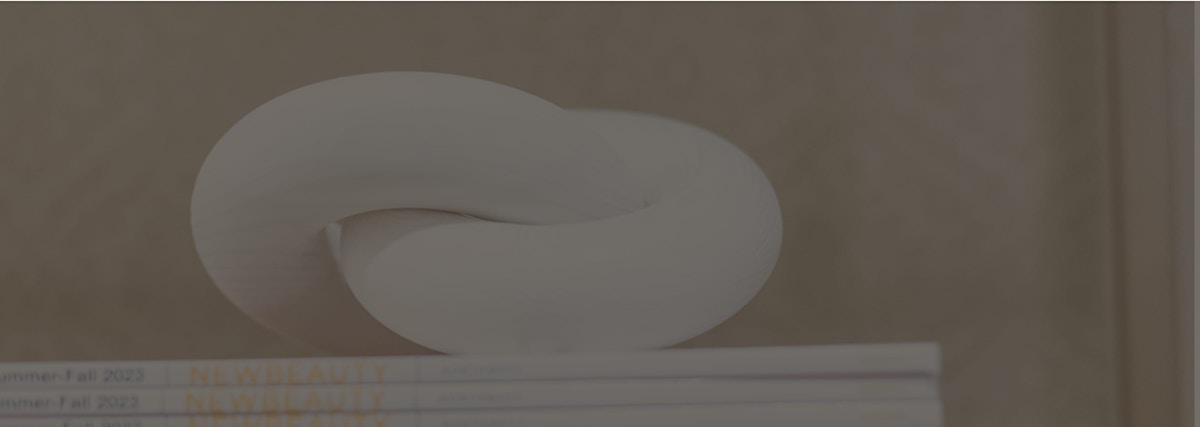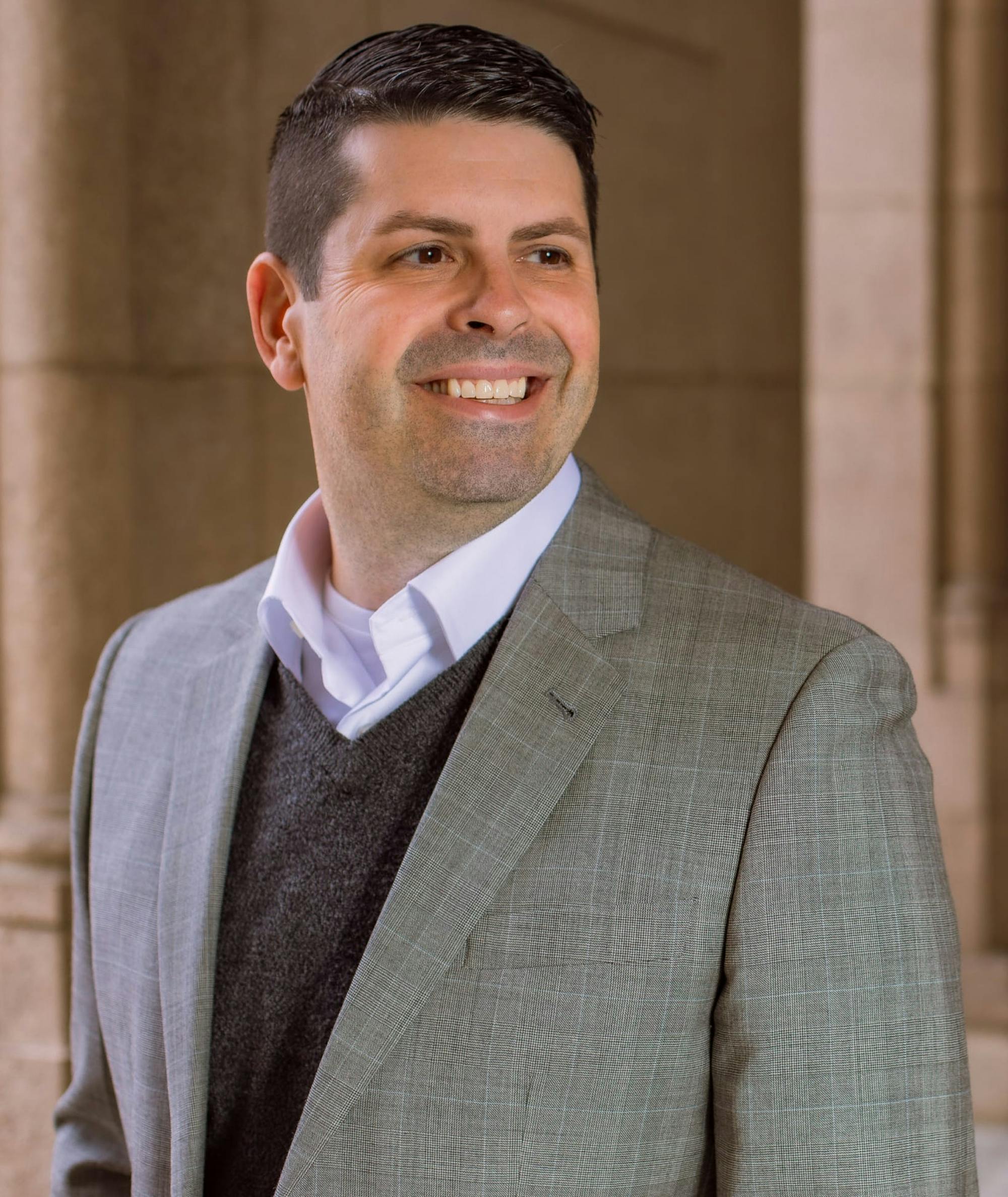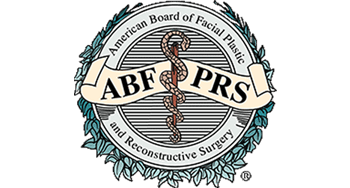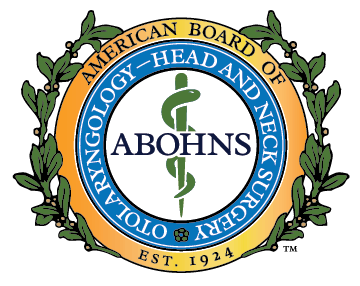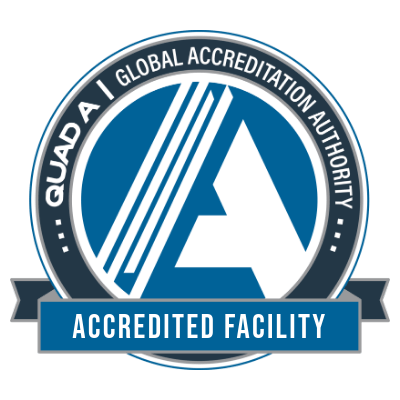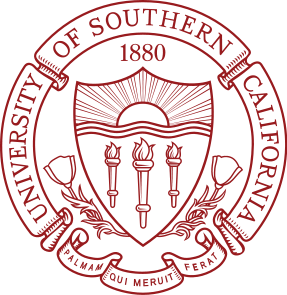At Liebertz Plastic Surgery at Yarrow Bay, we perform custom rhinoplasty surgeries to create a more ideal, attractive facial balance.
What Can Rhinoplasty in Seattle Treat?
Rhinoplasty (nose job) is most commonly performed for cosmetic reasons. Still, it may also be necessary for those with breathing issues, a broken nose, or who require nose reconstruction due to trauma or surgery. Dr. Liebertz is among the region's most talented nose surgeons, bringing artistry and the most advanced surgical techniques to every procedure.
- Asymmetry: Balancing uneven nostrils or a skewed nose.
- Overly large nose: Reducing nose size to balance facial features.
- Dorsal hump: Reducing or removing a bump on the bridge.
- Deviated septum: Correcting misalignments that impair breathing.
- Nasal airflow: Improving obstructions for better breathing.
- Tip contouring: Refining or lifting the nose tip.
- Nostril size and shape: Narrowing or reshaping wide or large nostrils.
- Nose angle: Adjusting the angle between the nose and upper lip.
- Injury corrections: Repairing the nose after trauma or accidents.
- Congenital nose issues: Addressing congenital nasal deformities.
- Unsatisfactory results of nose surgery: A revision rhinoplasty can correct errors caused by prior nose surgery.



